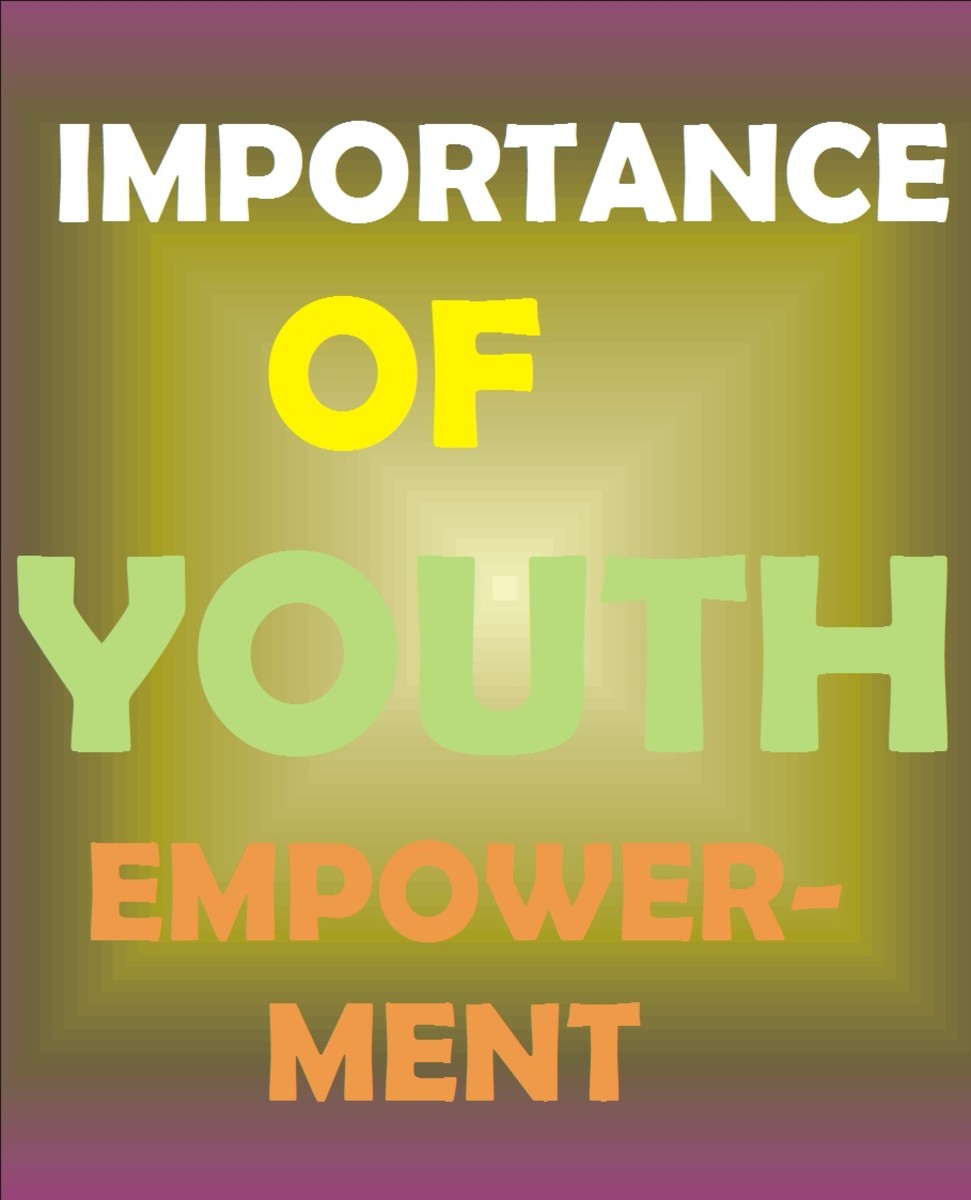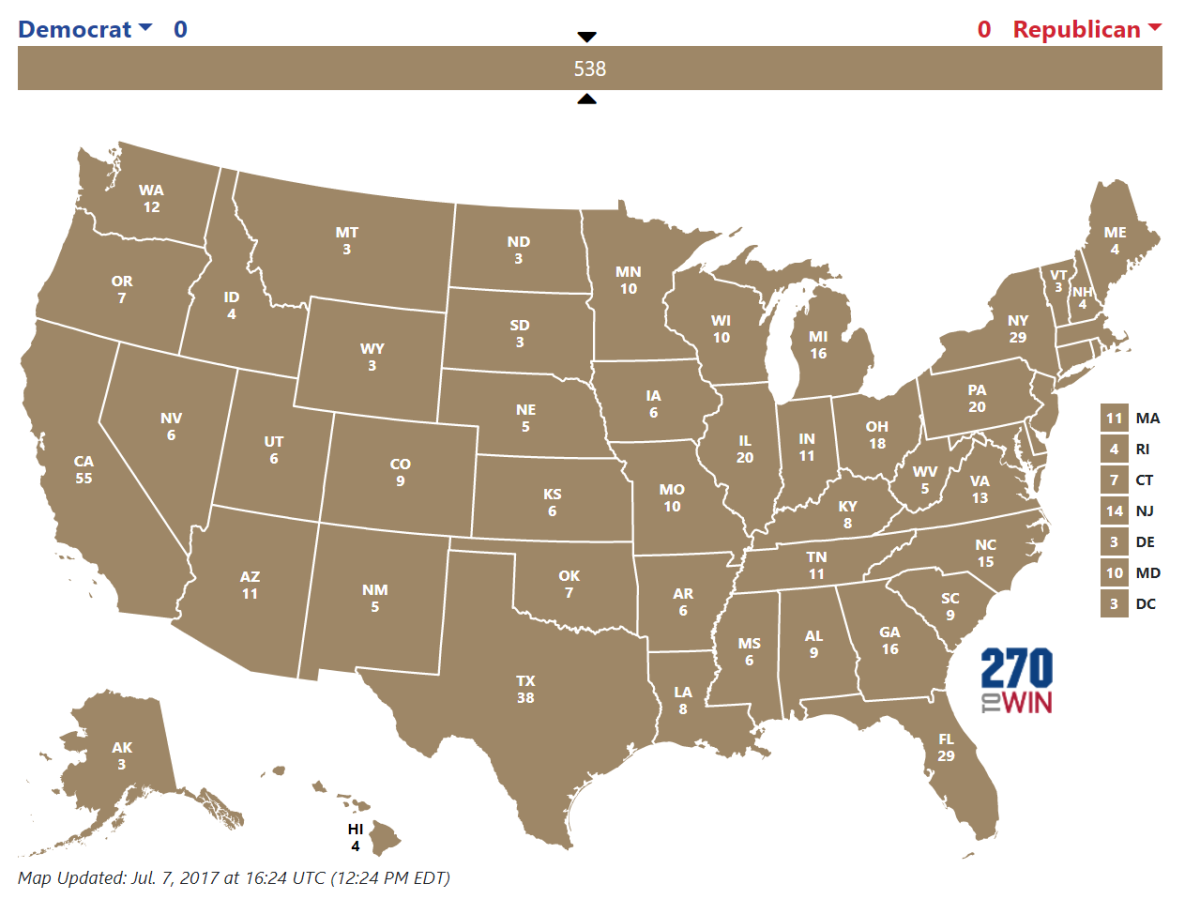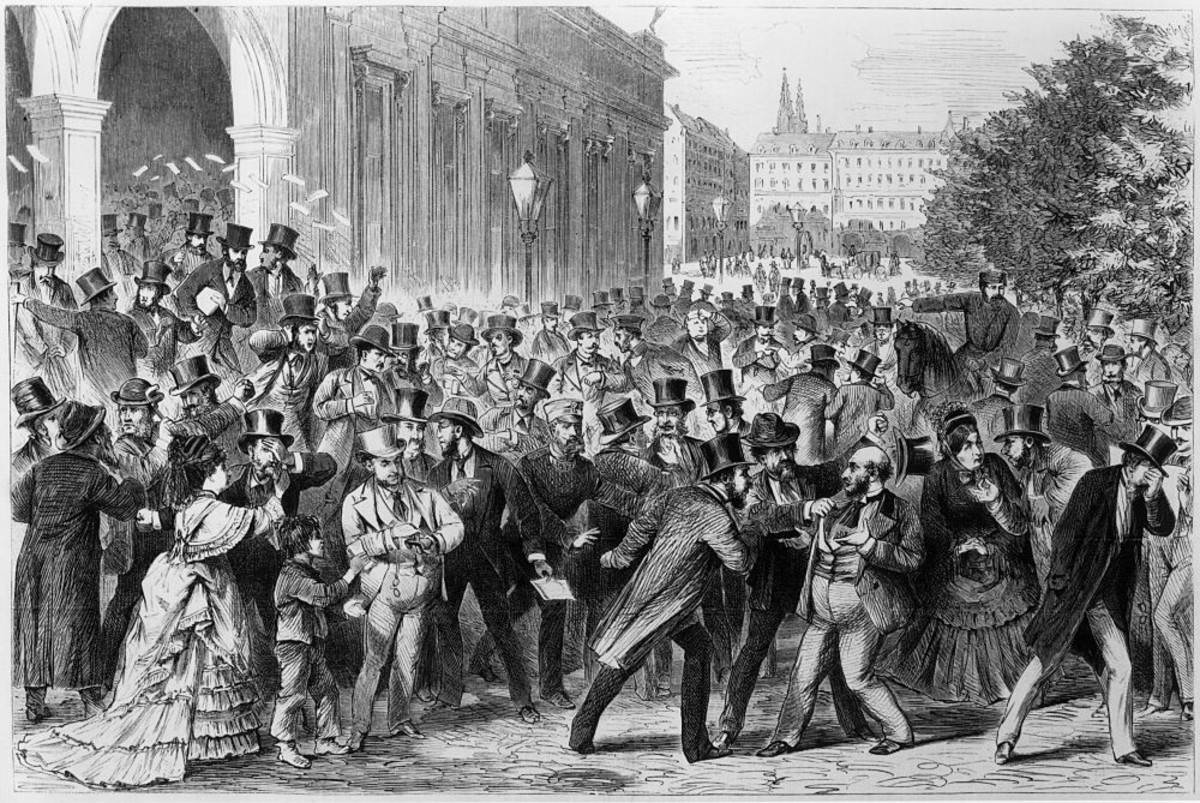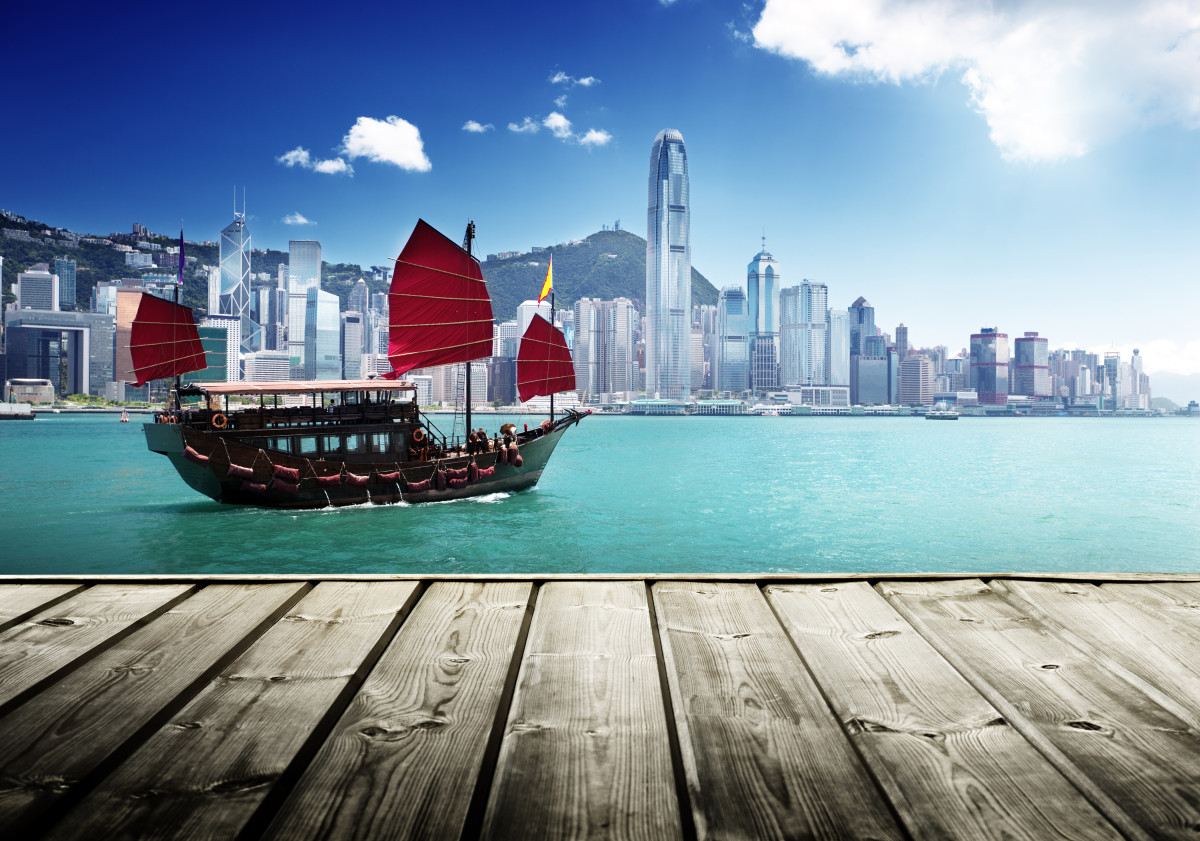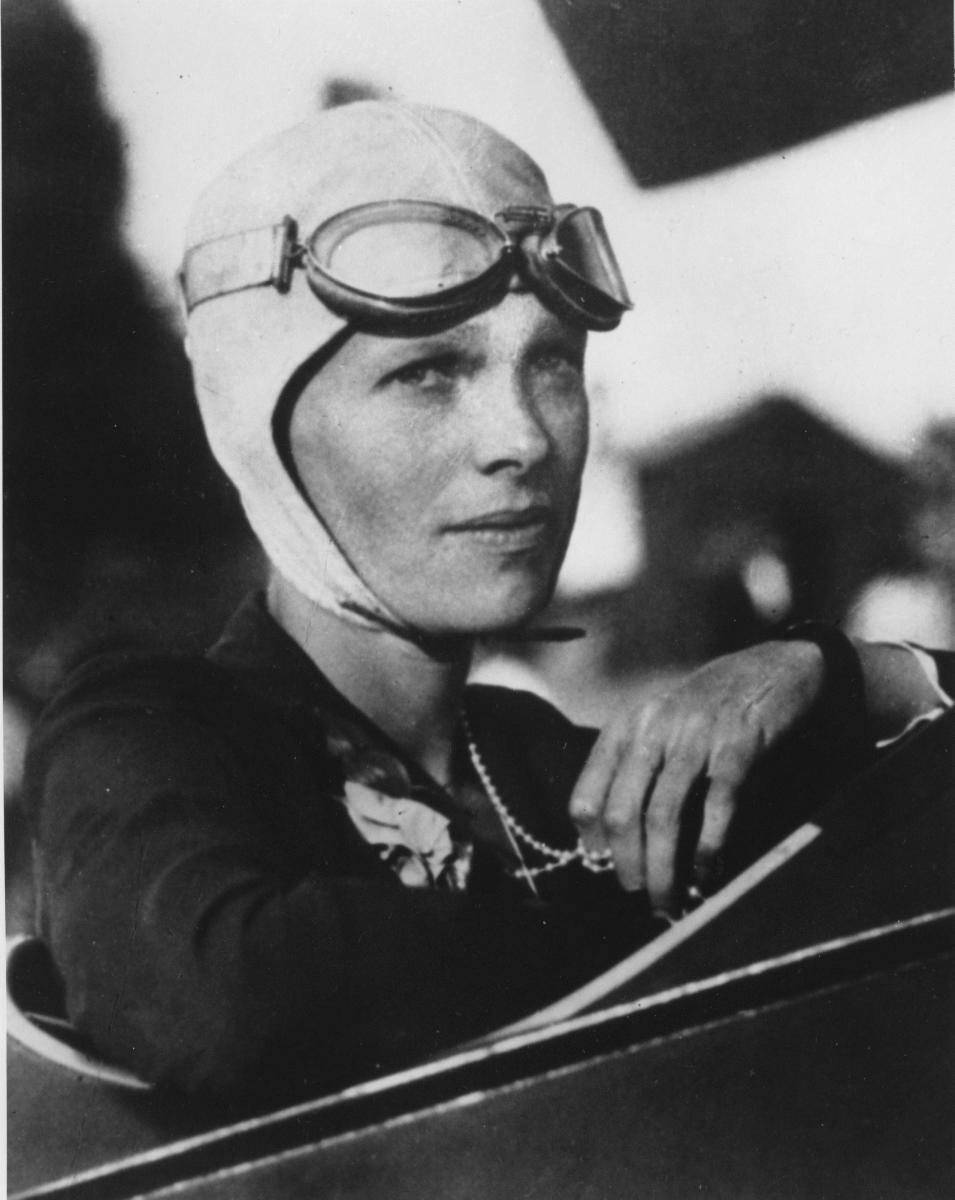Rebuilding Somalia
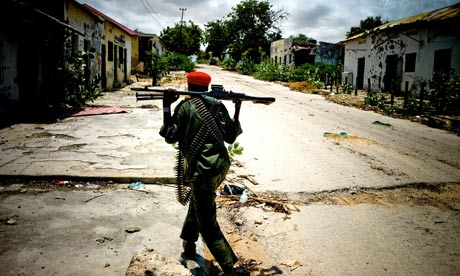
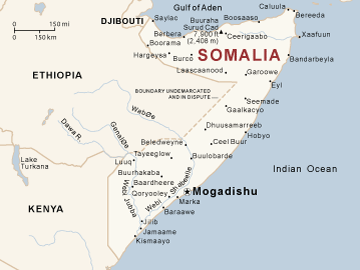
Somalia, located in the Horn of Africa, perfectly portrays the terrible effects of the lack of political centralization in Africa. Since the end of a military dictatorship and the beginning of a civil war in 1991, Somalia has not had a centralized government. The civil war thus divided Somalia into groups of clans that all shared political power. Many outside attempts at uniting Somalia under a centralized government always failed because of the fear of change among the clans and lack of political consensus about what type of government should rule. Until recent years, a lasting consequence of the lack of political centralization in Somalia has been the inability to generate incentives to invest in technologies that enhance productivity. However, with a new president elected in 2012 and a newly established government, times are changing for Somalia.
We must therefore ask the questions: Can Somalia rise out of its generation-long ‘fragile’ state and begin to build inclusive economic and political institutions? What larger issues of policy, goals, considerations and lessons should be addressed? And, what policy recommendations could be provided for Somalia to start developing more pluralistic institutions? This memorandum will address these questions and more in attempting to develop a strategy for Somalia that may help develop political and economic stability.
As a failed state, Somalia has been unable to exercise authority over its territory and provide the most basic services for its civilians for years. Poverty and insecurity are central characteristics of the state, with more than sixty percent of the civilization being illiterate. Failed states offer fertile ground for terrorism, corruption, trafficking, and many other ills that threaten the stability of their territories and beyond. This means that Somalia has posed a threat for the countries surrounding it.
There has been a growing concern with Somalia being a sanctuary for Al-Qaeda members and associated militant groups such as Al-Shebaab, an Islamist militant group that had ruled all of southern Somalia until the recent election. Moreover, piracy off of the Somali coast has affected international shipping routes profoundly. Therefore, it is clear that a strategy is needed to promote development and stability in Somalia.
Why Nations Fail: The Origins of Power, Prosperity, and Poverty by Daron Acemoglu and James Robinson (2012)
Acemoglu and Robinson argue that the only way to change a fragile state’s political institutions is to force those in power to create more pluralistic institutions, and that poor countries are poor because of the choices made by those in power that create poverty. If one clan in Somalia created a centralized state that imposed order, there could be economic benefits for that clan, but the main barrier to political centralization has been the fear of change (Acemoglu & Robinson, 87). This lack of political centralization amounts to a lack of law and order and actors who disrupt the political process (ibid). Political centralization is only likely when one group has sufficiently more power than others to build a state, so since power is balanced evenly in Somalia, no one could impose their will on others.
Even though newly elected President Hassan Sheikh Mohamud took office in 2012 and is taking hold of a failed government that has only nominal control over the capital Mogadishu, he still faces a threat from Al-Shebaab, the dominant Islamist militant group. However, we must remember that Mohamud’s election demonstrates the existence of Somali civil society, even after years of political violence and economic instability. The election showcased a well-executed mobilization against the corrupt transitional government under the former president Sheikh Sharif Sheikh Ahmed and his posse. Since then, a combination of nationalists, Islamists, business people, and cross-clan interests have transcended past the former regime. Moreover, Al-Shebaab has suffered after the election. The transitional government was one of the group’s biggest recruiting tools, and now that it has been eliminated, the group is starting to lose its followers.
Mohamud's government thus poses a threat to Al-Shebaab. But, even though it has been weakened, the group is still capable of carrying out devastating terrorist attacks. Therefore, we should always be on the defense and expect Al-Shebaab to take any actions necessary to attack and discredit the new government, which may include spreading its campaign into neighboring states. And even though Somalia is taking a step in the right direction, it will still take years for the government to truly extend its authority.
With these recent events and issues in mind, we must consider how the international community should approach Somalia with the appropriate policies for growth and development. This does not just entail acts of ‘good governance’ and rule-of-law foreign aid. The policy options for Somalia either entail continuation of current policy, increased military intervention for stabilization and reconstruction, or an offshore counterterrorist containment strategy. The question is, which of these options is suitable for Somalia?
The Blue Sweater: Bridging the Gap between Rich and Poor in an Interconnected World by Jacqueline Novogratz (2010)
Africa's Moment by Jean-Michel Severino and Olivier Ray (2013)
One recommendation outside of these options is to give Mohamud the political space he will need to build a new political structure that is sustainable over the long-term. This is consistent with Novogratz’ idea that institutions must be sustained by locals, and not become dependent on outside parties. This means that foreign domination or aid would not be the answer and that there should be less influence from the U.N. and other donor states. Moreover, foreign aid would not be an effective means of dealing with Somalia because it needs inclusive economic and political institutions to break out of the cycle of poverty (Acemoglu & Robinson, 454). Somalis want to be able to claim their government and its policies and stand behind them. We must respect the fact that Somalis have a goal of reclaiming their sovereignty and want to allow the new government to take the initiative in improving accountability as well as good governance. We need to keep in mind that good governance involves the existence of formal and impersonal institutions, transparent state actions, corruption control, free market operation, democracy and the rule of law (Severino & Ray, 173). These are all the tools necessary for Somalia’s growth.
The biggest concern for the U.S. is the fear that Somalia could become a sanctuary for Al-Qaeda to administer attacks in the region as well as the U.S. A generation-long ban has recently been lifted on selling arms to Somalia for a year, in which the government will be able to buy arms to fight against Islamist militants such as the Shebaab. This, however, raises the question of insecurity. Al Shebaab had control of Southern and central parts of Somalia until Kenyan, Ethiopian and AU peacekeepers struck a counter-offensive in 2011. They no longer control main towns but do control many small/rural towns. This addresses the option to develop a minimalist counter-terrorist posture, which would prevent Al-Qaeda from using Somalia as a training camp to launch attacks internationally. This counterinsurgency strategy is always considered. But is it the answer? Should we continue to target Al-Qaeda and other terrorists while aiming to minimize civilian casualties? Should we narrow our policy objective to just contain the terrorism threat from outside Somalia’s borders? Or, should we offer foreign aid that works with existing local authorities and does not aim to build formal institutions? We must consider all of these questions as we move forward with developing international policy for Somalia.
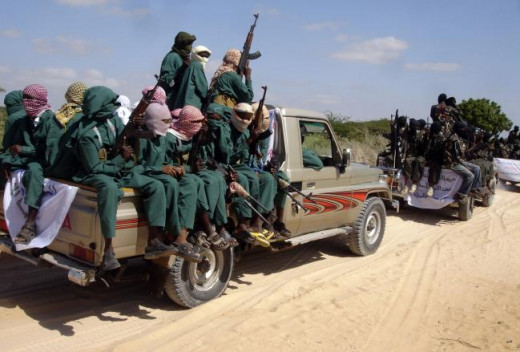
Instead of lawlessness and carnage that the country has been so used to for decades, new infrastructure and businesses are beginning to emerge. Somali diaspora are returning home, increasing demand for properties and tripling rent prices in prime areas of Mogadishu. People are also returning with the emergence of a new government and president, and now Somalis are beginning to feel like they have an opportunity to make a difference. For example, The Guardian discusses in an article how businessman Omar Osman and his partner set up a commercial bank, First Somali Bank, that allows people to deposit and withdraw their money. The only thing they cannot do is take out loans or credit, because Osman and his partner are awaiting new laws and regulations to be established before they push further. Their ultimate goal is to function as a regular bank as well as finance new projects. They are trying to set up businesses smoothly so their growth can translate into job creation and assisting youth to enter the labor market. Opportunity can strike in Somalia only if its youth is prepared to face the labor market and contribute to adding value to the continent (Severino & Ray, 87). Therefore, this type of development strategy may be what Somalia needs to move forward.
Achieving democratization in Somalia means winning an internal struggle of building a state that is ran by and for its citizens (Severino & Ray, 172). Somali society needs a governing structure, money, contacts, and most importantly, the commitment of civilians to build institutions. The government should provide the right incentives and infrastructure to enable self- sustaining incentives and allow private enterprises to provide the credit needed (Novogratz, 148). They could also create a fund that could receive philanthropic money and be flexible enough to make investments in organizations, directing efforts towards building strong organizations that gradually bring financial stability. Instead of pursuing centralized state-building and efforts towards good governance, localized economic development initiatives should be primarily encouraged. In conclusion, the ultimate fate, reconciliation, and governance of Somalia lies in the hands of its people.
© 2013 Ameera Nassir




